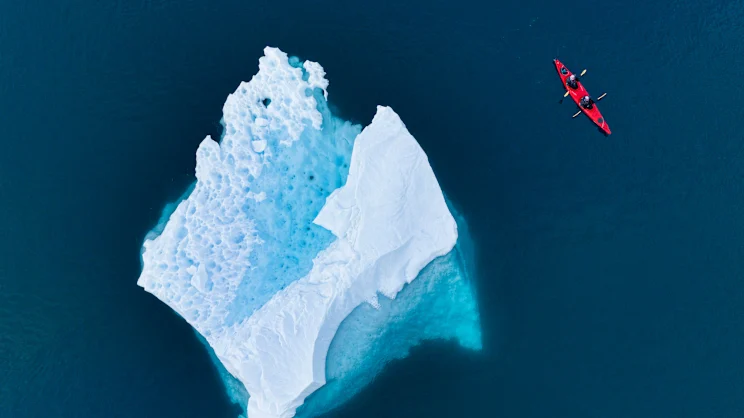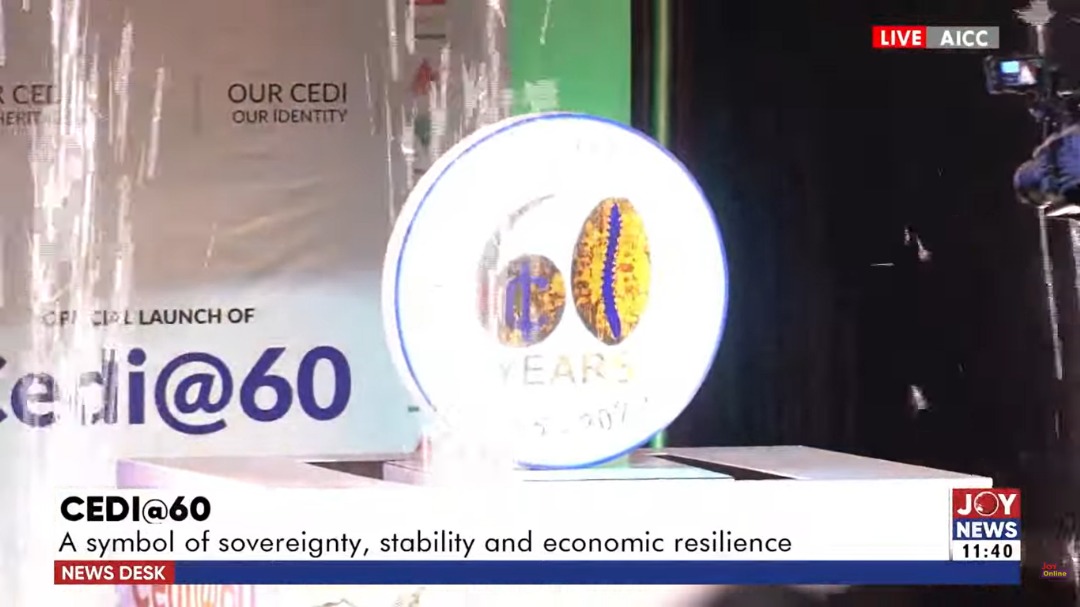Copyright theage

HX’s MS Roald Amundsen combines battery packs with low-emission engines to reduce its carbon output, while recycling water, energy and food waste. For instance, the outdoor pool is heated using residual power from the engines and food waste is converted into fish pellets and dispersed. Also onboard is a science centre, home to a resident team of scientists and guest scientists from universities and environmental organisations around the world. The expedition team calls it the heart of the ship, a place for education and discovery, where guests can participate in hands-on citizen science programs. There isn’t a cruise fleet big enough to carry all the scientists currently studying Antarctica’s oceans, mountains and slippery inhabitants, but this is where science co-ordinator Sonja Storm says travellers can help. Tufts of Storm’s hair whips up in the wind as our Zodiac zips across the choppy Penola Strait, a sheltered stretch of water at the northern end of the Antarctic Peninsula. Fishing skuas swoop overhead and, in the distance, I just miss a whale spouting. Armed with nets, Secchi disks, and NASA-funded instruments, we’re on the water collecting phytoplankton samples for the Fjord Phyto project. Launched in 2015, the initiative investigates the effect melting glaciers have on the eco-system, particularly phytoplankton. The tiny microalgae form the basis for the entire Antarctic food web, from krill to humpback whales, while also producing half the world’s oxygen.



